A new research paper was published in Volume 17, Issue 10 of Aging-US on September 10, 2025, titled “Longitudinal associations of epigenetic aging with cognitive aging in Hispanic/Latino adults from the Hispanic Community Health Study/Study of Latinos.”
Aging-US Authors

A new research paper was published in Volume 17, Issue 7 of Aging (Aging-US) on July 21, 2025, titled “Association of DNA methylation age acceleration with digital clock drawing test performance: the Framingham Heart Study.”

A new research paper was published in Volume 17, Issue 7 of Aging (Aging-US) on July 17, 2025, titled “The influence of cancer on a forensic age estimation tool.”

A new research paper was published in Volume 17, Issue 7 of Aging (Aging-US) on July 7, 2025, titled “Epigenetic age and accelerated aging phenotypes: a tumor biomarker for predicting colorectal cancer.”
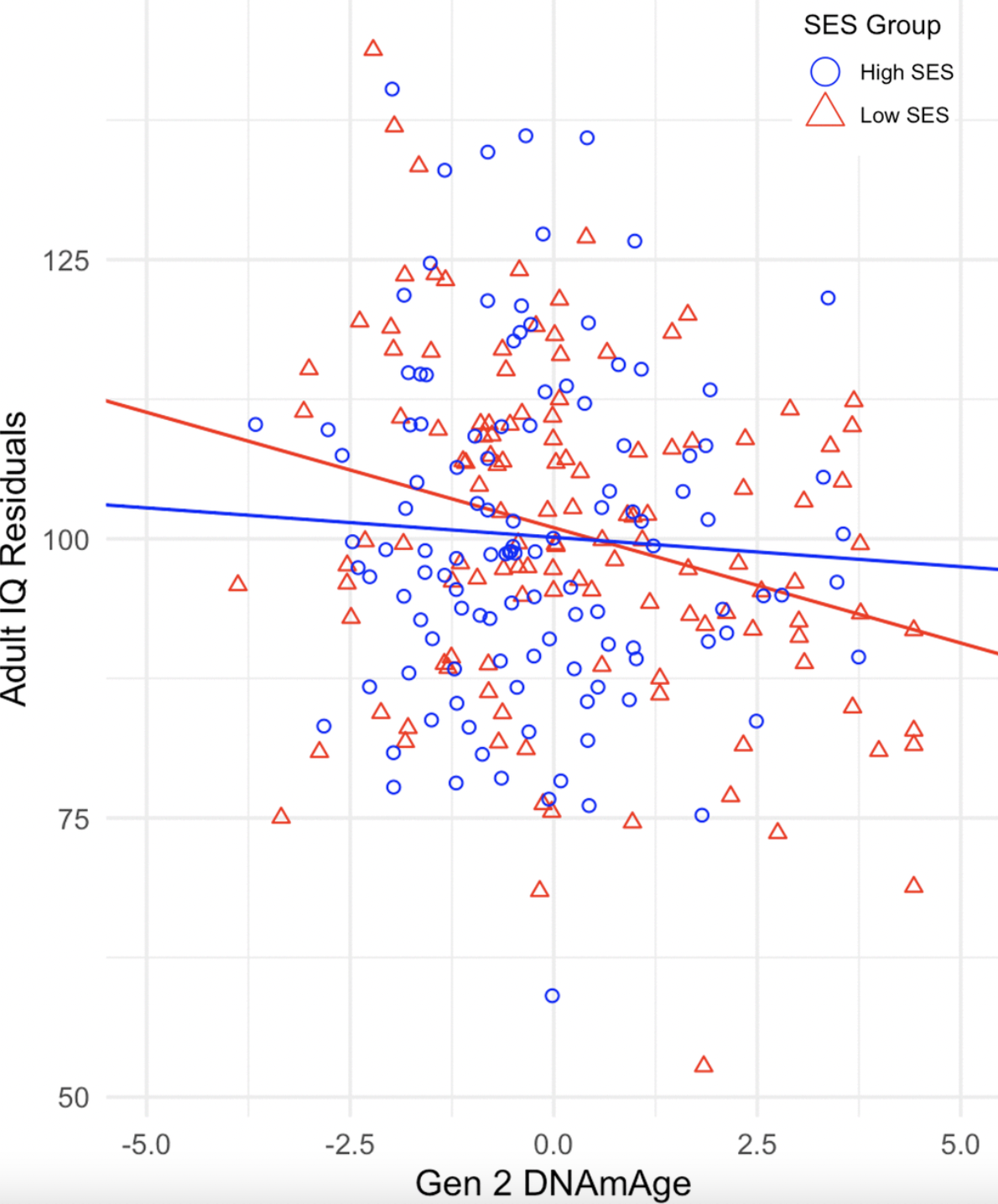
A new research paper was published in Aging (Aging-US) on July 23, 2025, titled “Second generation DNA methylation age predicts cognitive change in midlife: the moderating role of childhood socioeconomic status.”
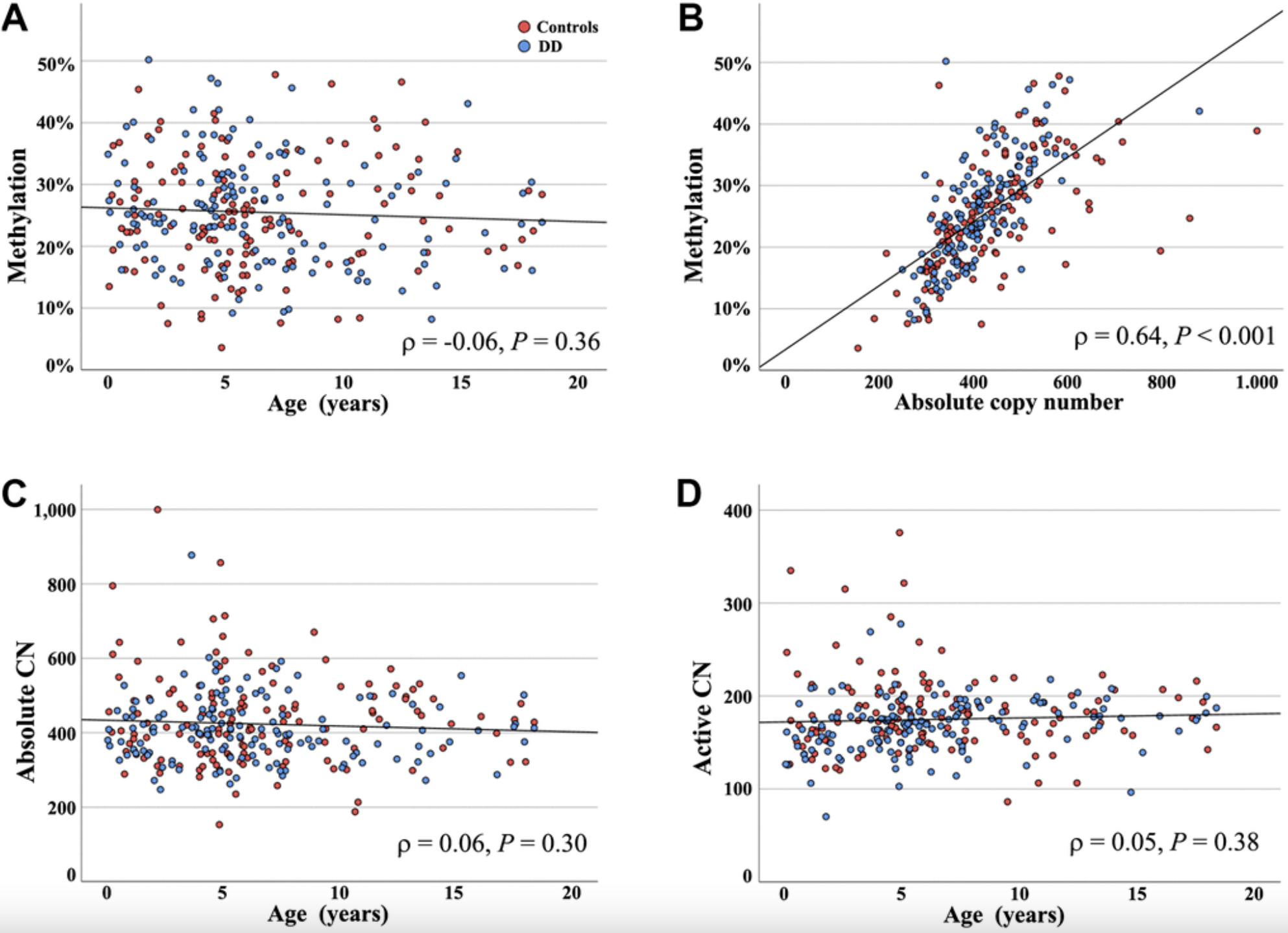
A new research paper was published in Aging (Aging-US) Volume 17, Issue 6, on June 16, 2025, titled “rDNA copy number variation and methylation from birth to sexual maturity.”
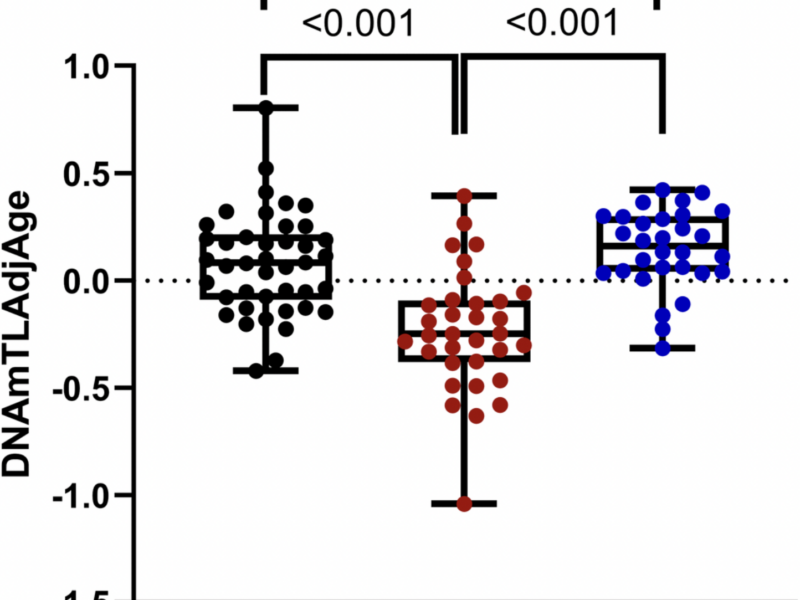
A new research paper was published in Aging (Aging-US) Volume 17, Issue 5, on May 28, 2025, titled “Investigating telomere length in progeroid syndromes: implications for aging disorders.”

Dr. Josh Mitteldorf summarizes his research perspective published in Volume 17, Issue 5 of Aging (Aging-US), titled “Methylation clocks for evaluation of anti-aging interventions.”
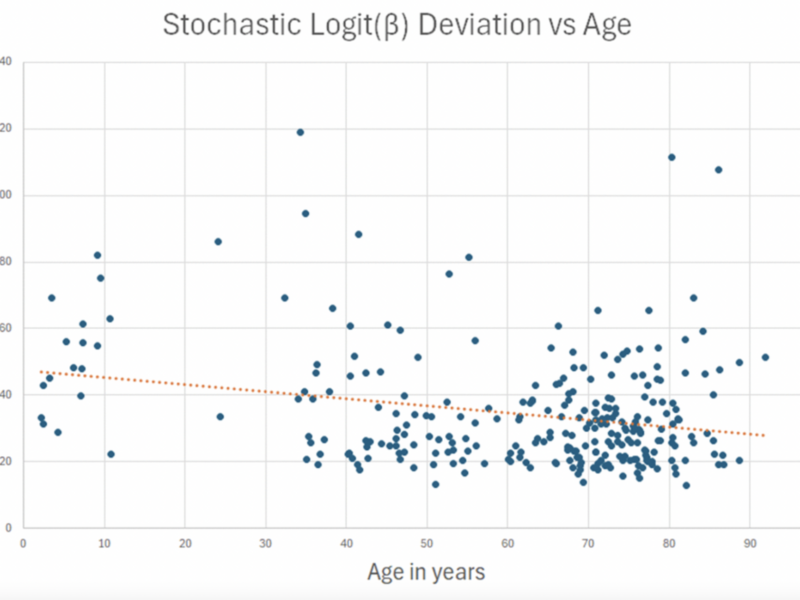
A new research perspective was published in Aging (Aging-US) Volume 17, Issue 5, on May 5, 2025, titled “Methylation clocks for evaluation of anti-aging interventions.”
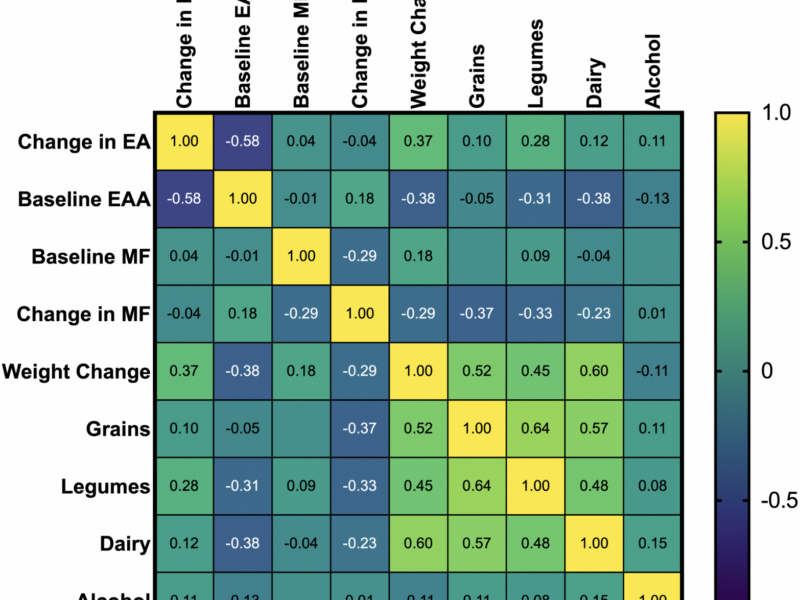
A new research paper was published in Aging (Aging-US) Volume 17, Issue 4, on April 17, 2025, titled “Dietary associations with reduced epigenetic age: a secondary data analysis of the methylation diet and lifestyle study.”
